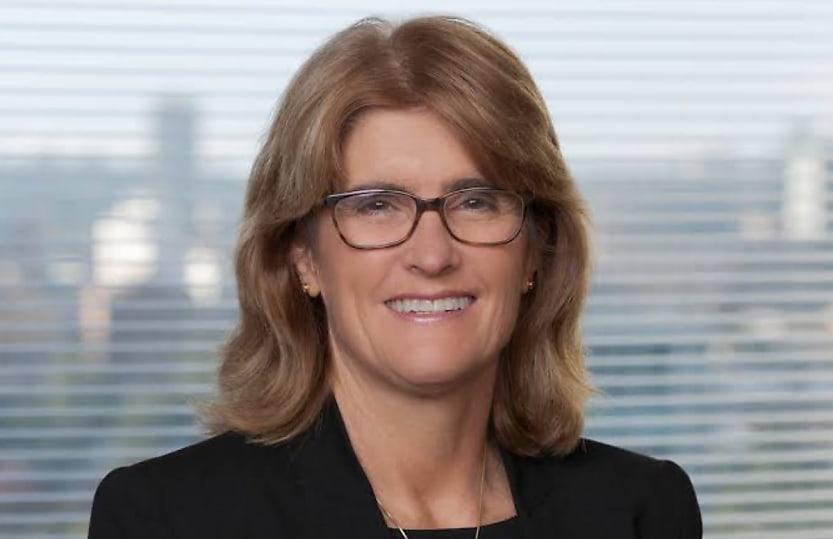Women’s workforce participation boosts productivity: RBA

Over the past 40 years, women have made significant gains in terms of financial independence and social equity, Reserve Bank governor Michele Bullock has said.
Womens’ increased workforce participation has driven productivity growth by facilitating more efficient allocation of skills across the economy, Reserve Bank (RBA) governor Michele Bullock said in a speech on Thursday.
“Women now account for almost half of the paid workforce. This has given women greater financial independence and social equity, a worthy goal in and of itself,” Bullock said.
“Beyond that, it has expanded the pool of available workers, providing businesses with a larger and more diverse talent base.”
Bullock’s speech emphasised the importance of women’s workforce participation, notable in its contrast to recent US efforts to roll back diversity and inclusion initiatives.
US President Donald Trump has been outspoken against women and minorities’ participation in high-level roles, blaming a collision between a helicopter and a passenger airline on ‘DEI’ earlier this year, and mandating that DEI hiring practices be ended in an executive order.
This caused agencies, including the Pentagon, to purge imagery and mentions of women and minorities from their websites as they scrambled to comply with the order.
Although Bullock did not address evolving US developments, her speech reaffirmed that Australian agencies remain committed to promoting gender equality despite US backtracking.
“There are some estimates for the United States that show that between 20–40 per cent of productivity growth in the 50 years to 2010 could be attributed to better talent allocation,” Bullock said, in regards to the increased utilisation of womens’ skills in the workplace.
“If there are more people working in positions that suit their skills, this maximises their ability to contribute to economic growth and better and more informed decision-making within organisations. It is good for women, good for businesses, good for productivity and the economy, and good for society.”
Despite progress being made in women’s workforce participation, there are still barriers and inequalities in Australia which drive trends such as the gender pay gap.
For example, women shoulder a greater share of unpaid care work than men, and Australia’s gender gap in unpaid domestic labour is larger than in other OECD countries. Childcare responsibilities are a significant factor that has driven women to work part-time.
In 2023–24, most accounting firms had a gender pay gap outside of the Women’s Gender Equality Agency (WGEA) target range, which is 5 per cent in either direction. The professional, scientific and technical services sector, to which accounting belongs, had a median gender pay gap of 17.4 per cent.
As much as two-thirds of the gender pay gap is driven by the under-representation of women in the upper quartile of earners, WGEA data showed.
Women’s outsized share of caring responsibilities has caused many to work below their skill level, Mary Wooldridge, chief executive of the Workplace Gender Equality Agency (WGEA), told Accounting Times.
“We get a lot of feedback from women who say, ‘I'm working at a much lower level than I'm capable of because my organisation doesn't have a culture that supports being able to work in a way that's flexible at the more senior level,” Wooldridge said.
Furthermore, there is a confidence gap between men and women in pursuing technical fields.
“Our research confirms that a confidence gap exists for females; that female students tend to underestimate their proficiency when it comes to economics,” Bullock said, regarding the gender gaps observed in economics, where male students outnumber females by two to one.
One way to get more women into technical fields such as economics and accounting could be to emphasise the connections between such fields and preferred areas of study, Bullock noted.
“Even among year 12 students who do study economics, a recent RBA study has found that there is a low interest in pursuing economics at the university level, particularly for females. Instead, these students are more likely to enrol in commerce, finance, or arts and social science courses.”
“One approach to increase the flow of high school students into university economics could be to develop some tailored advocacy to emphasise the connections between economics and other preferred fields of study.
“Increasing the representation of female role models amongst economists, female economics teachers and female advocates for economics in the public domain could also help.”






